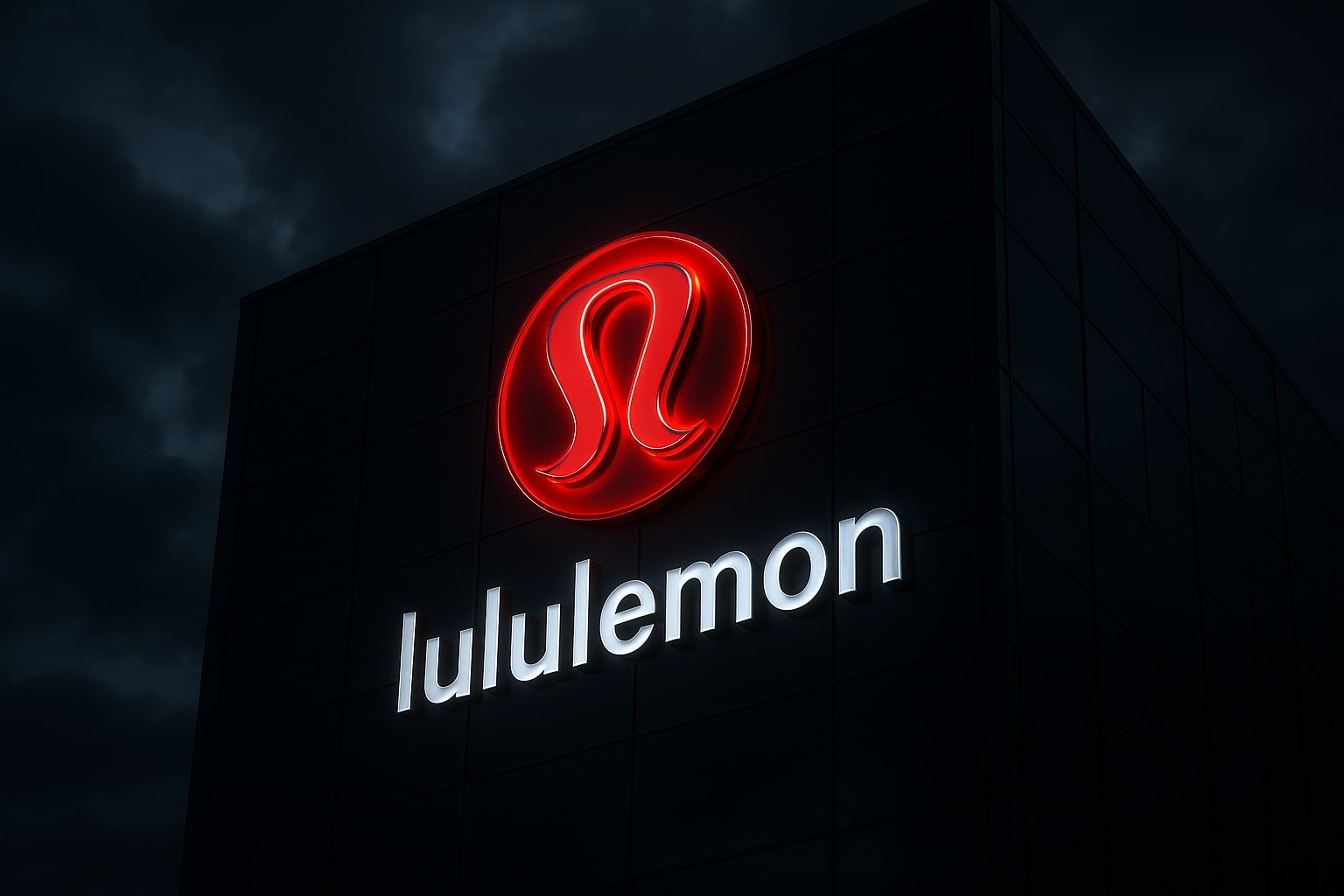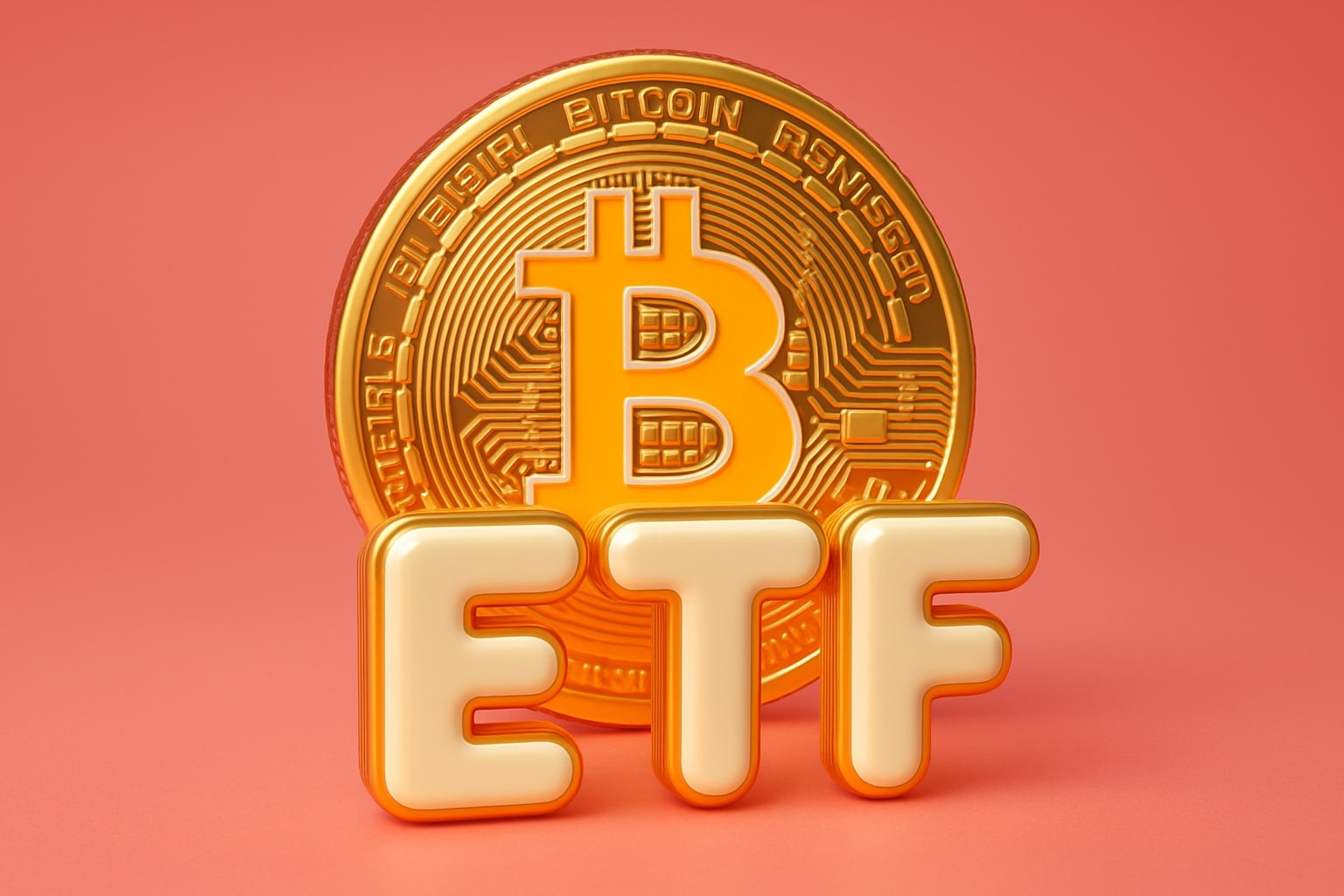
Lululemon Stock Price Forecast - LULU Shares Jumps to $181.99 as NFL Partnership and Global Expansion Revive Momentum
Lululemon rebounds from a 53% yearly slump after unveiling its first NFL collaboration, accelerating global growth while U.S. softness and tariffs pressure margins | That's TradingNEWS
Lululemon (NASDAQ:LULU) Stock Rebounds from 5-Year Lows as Strategic Shifts Gain Traction
Lululemon Athletica (NASDAQ:LULU) rallied over 2% to $181.99 after unveiling its first-ever NFL apparel partnership with Fanatics, signaling an aggressive push beyond yoga and athleisure into mainstream sports merchandising. The agreement, announced on October 27, grants Lululemon the right to produce licensed gear for all 32 NFL teams, positioning it to capture a slice of the multibillion-dollar fanwear market traditionally dominated by Nike and Adidas. The launch includes redesigned Scuba hoodies, Align leggings, and Steady State joggers in team colors, debuting across Fanatics, NFLShop.com, and team stores.
The move marks a clear shift toward diversification. For years, Lululemon has leaned on high-margin yoga and lifestyle apparel. This partnership introduces the brand to the massive NFL audience — a customer base exceeding 200 million fans — and could meaningfully lift traffic across its digital and in-store channels heading into the holiday season. The stock, which plunged 53% year-to-date to a low of $159.25 in mid-September, has now rebounded nearly 15% from those levels, with renewed optimism reflected in surging call option volumes at the $185–$190 strikes.
NFL Deal Expands Market Reach as LULU Seeks Growth Beyond Core Demographics
The NFL collaboration underscores Lululemon’s intent to transcend its yoga-oriented identity and expand its footprint across genders and age groups. The brand’s Americas President, Celeste Burgoyne, described the partnership as “an opportunity to bring Lululemon into stadiums and living rooms alike,” highlighting its plan to merge team spirit with premium fabric design. The league’s chief revenue officer, Renie Anderson, said the goal is to offer “fashion-forward fanwear” — signaling a pivot toward lifestyle expression rather than athletic performance alone.
This expansion into team apparel could drive incremental revenue through 2026, particularly as Lululemon already commands one of the industry’s strongest brand retention rates, with 40% of total sales coming from its direct-to-consumer channel. The NFL venture also complements earlier moves into performance categories like tennis and golf, part of a broader strategy to reclaim growth after U.S. sales deceleration.
Founder Activism Intensifies Corporate Pressure
Behind the rally, internal friction is growing. Founder Chip Wilson, still owning about 8% of LULU’s equity, reignited his public feud with management, accusing the board of “dismantling the original vision” and signaling readiness to work with activist investors for a strategic overhaul. His comments followed a Wall Street Journal ad denouncing leadership’s “failure to innovate” and “lost connection with brand culture.”
In response, Lululemon’s board called Wilson’s remarks “inaccurate and misleading,” insisting that its transformation strategy remains on course. Yet, the timing of Wilson’s campaign — as the stock trades at roughly 11.8× earnings, well below its five-year average near 30× — could open the door for activist bids or board reshuffles. The founder’s renewed influence may push for more aggressive international investment or share buybacks as a lever to revive investor confidence.
Earnings and Margins Show Resilience Despite Tariff Pressure
Lululemon’s Q2 FY2025 results showed a mixed picture. Revenue rose 7% year-over-year to $2.2 billion, though North America sales fell 4%, reflecting weaker consumer spending and heavier competition. International performance was the standout — with China up 25%, Europe up 17%, and total non-Americas revenue expanding over 20%. Gross margin slipped modestly to 58.5%, down from 59.6% a year ago, largely due to tariffs costing $240 million on an annualized basis. Despite this, LULU’s margin profile remains among the best in retail, far ahead of Nike’s ~45% and Levi’s ~61%.
Operating income declined 3% to $523.8 million, producing a 20.7% operating margin, still healthy in a soft consumer environment. The company maintained its balance sheet strength, ending the quarter with $1.1 billion in cash and no debt, while executing $278.5 million in share repurchases. Inventory rose 21% year-over-year, but management clarified the increase aligns with store growth (784 locations, up from 721) and geographic expansion, not excess buildup.
Read More
-
PPA ETF at $154: Can This Defense ETF Keep Beating ITA and SPY?
14.12.2025 · TradingNEWS ArchiveStocks
-
XRP ETFs XRPI and XRPR Pull In $975M While XRP-USD Fights To Hold $2
14.12.2025 · TradingNEWS ArchiveCrypto
-
Natural Gas Price Forecast: NG=F Hits $4.11 As Warm Winter Outlook Puts $3.913 Support At Risk
14.12.2025 · TradingNEWS ArchiveCommodities
-
USD/JPY Price Forecast - Dollar to Yen Can BoJ’s 0.75% Shock Break The 155–158 Range?
14.12.2025 · TradingNEWS ArchiveForex
Global Expansion and Product Innovation Anchor Long-Term Growth
While the U.S. slowdown has hurt short-term momentum, Lululemon’s global footprint continues to expand rapidly. International markets now represent over 30% of total revenue, up from just 15% five years ago. Mainland China remains a centerpiece, with sales soaring 24% in constant currency as Lululemon leverages local influencer marketing and experiential retail concepts. The men’s category, once an afterthought, now contributes nearly 25% of total sales, supported by the “License to Train” and “Surge” collections.
In Europe, the brand continues to open flagship stores across Paris, Milan, and Madrid — part of its plan to reach 1,200 stores by 2027. The recently launched footwear line, featuring the Blissfeel running shoe and Chargefeel trainers, is beginning to gain traction, adding another high-margin vertical to the portfolio. Combined with digital growth through the Lululemon Studio ecosystem and expanding loyalty programs, management aims to maintain double-digit annualized revenue growth beyond 2026.
Valuation Underscores Deep Discount to Brand Power
At $181.99, LULU trades at a P/E ratio of 12.37, far below its historical norm and peers like Deckers (16×) and Nike (42×). Its market capitalization of $21.6 billion implies investors are pricing in a long-term slowdown inconsistent with Lululemon’s international growth rate of over 20% and strong margins. By comparison, the company’s free cash flow yield stands at 6.9%, one of the highest among premium retailers.
Analyst targets diverge sharply. Bernstein cut its price objective to $190, citing weak North American trends, while Morgan Stanley maintained $185, warning of “limited catalysts.” Conversely, BTIG and BNP Paribas Exane project medium-term upside toward $300, emphasizing that negative sentiment may already be priced in. Consensus 12-month forecasts cluster around $195, implying roughly 8% upside, though DCF-based models place intrinsic value closer to $255–$260, reflecting 30%–40% undervaluation if growth stabilizes.
Operational Efficiency and Risks Ahead
Tariffs remain a lingering drag. The company estimates a $320 million hit to 2026 operating margins if U.S.–China trade friction persists, equal to about 13% of operating income. Additionally, the removal of the de minimis rule could inflate import costs across product categories, forcing modest price increases. However, Lululemon’s pricing power — supported by loyal customers and minimal markdown activity — gives it leeway to offset cost inflation without eroding brand equity.
Competition is intensifying, with Vuori, Alo Yoga, and Athleta ramping up marketing budgets to target the premium activewear consumer. Yet Lululemon’s 59% gross margin and direct sales dominance continue to shield it from discount-driven erosion. Brand equity metrics remain robust — over 85% customer retention in North America and rising awareness in Asia — ensuring continued resilience even in a weaker macro backdrop.
Outlook: NFL Momentum, Global Growth, and Undervaluation Create Recovery Potential
The combination of the NFL partnership, founder activism, and powerful international growth narrative positions Lululemon (NASDAQ:LULU) for a potential medium-term recovery. Despite short-term challenges, the brand’s structural advantages — pristine balance sheet, high margins, expanding demographics, and low leverage — provide a durable foundation for long-term investors.
With the stock down over 55% from its 52-week high of $423.32, trading near $181.99, the valuation discount is too deep for a brand still delivering double-digit global growth and consistent profitability. While near-term volatility is likely as the U.S. market stabilizes, data suggests international demand and new licensing deals could drive a sharp rebound in earnings by late 2026.
Based on the current fundamentals, expansion strategy, and risk-reward balance, Lululemon (NASDAQ:LULU) is rated a Buy — supported by undervaluation, brand strength, and improving global momentum despite domestic softness.


















